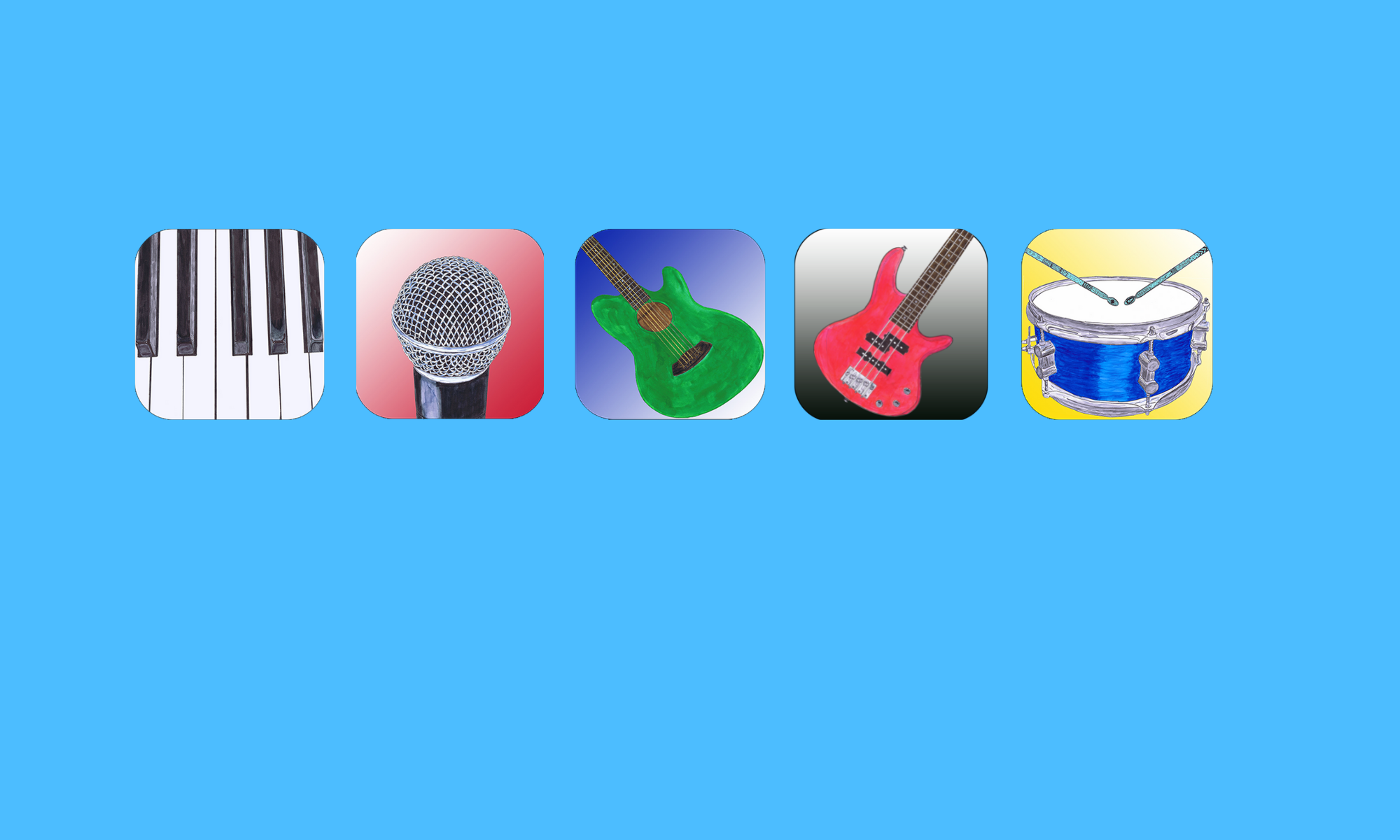Many things that seem like a good strategy to get you or your child playing right away can actually hinder learning to read music. This is particularly true of piano music. Although beginning piano music has only one note at a time, unlike other instruments, piano parts rarely play just one note at a time. The piano can effectively be the whole orchestra, playing everyone’s parts at once.
Beginning piano music is not typical of how the piano is used and is mainly written to help students learn to read, build basic coordination and find their way around the piano. If you use systems to avoid reading notes in the beginning you will have missed a major purpose of this level. As music gets more complicated, these systems simply don’t work. Building habits are an important part of how our brains learn and can be hard to change. Any system you introduce will build habits. Don’t introduce a system that will have to be completely replaced later.
-
- Writing note names in on music. (Prevents practicing reading while playing.)
-
- Substituting other systems for reading such as stickers on keys or colors instead of notes. Some beginning books start with only finger numbers and no staff or with notes written in the noteheads.
-
- Reading finger numbers instead of notes. A lot of beginning music has all the finger numbers written in, which may be unconsciously read instead of notes. Black these out, except for the first notes which will tell where to put your hands.
-
- Memorizing and learning songs by rote only. Practicing will cause songs to be memorized but this shouldn’t be in place of reading. Only so many songs can be held in memory at one time. Memorizing the system of reading is more efficient and will allow you to jog the memory of old pieces and learn new ones easily.
-
- Using FACE or other acronyms for memorizing the lines and spaces on the staff. Acronyms can be a great way to memorize things but in reading music it becomes a crutch because it can not be done fast enough to be used in real time. I’ve had many adult students who learned this tool and still stop in the middle of a song to use it. It’s much better to take small note regions (3 new notes at a time) and drill and use them until mastered.
- Waiting too long to introduce reading. The gap between playing and reading becomes so large that it becomes discouraging and difficult to tackle.
Reading Music in Piano Lessons
Reading music may seem difficult in the beginning but makes things easier later and allows you to be self-sufficient. It is an important skill in a musical education just as reading language is an important part of an overall education. Being literate in music allows you to play new things on your own, write down ideas, see patterns in music, and jog the memory of old pieces learned. It also teaches the musical language that allows musicians to easily communicate ideas to each other.

